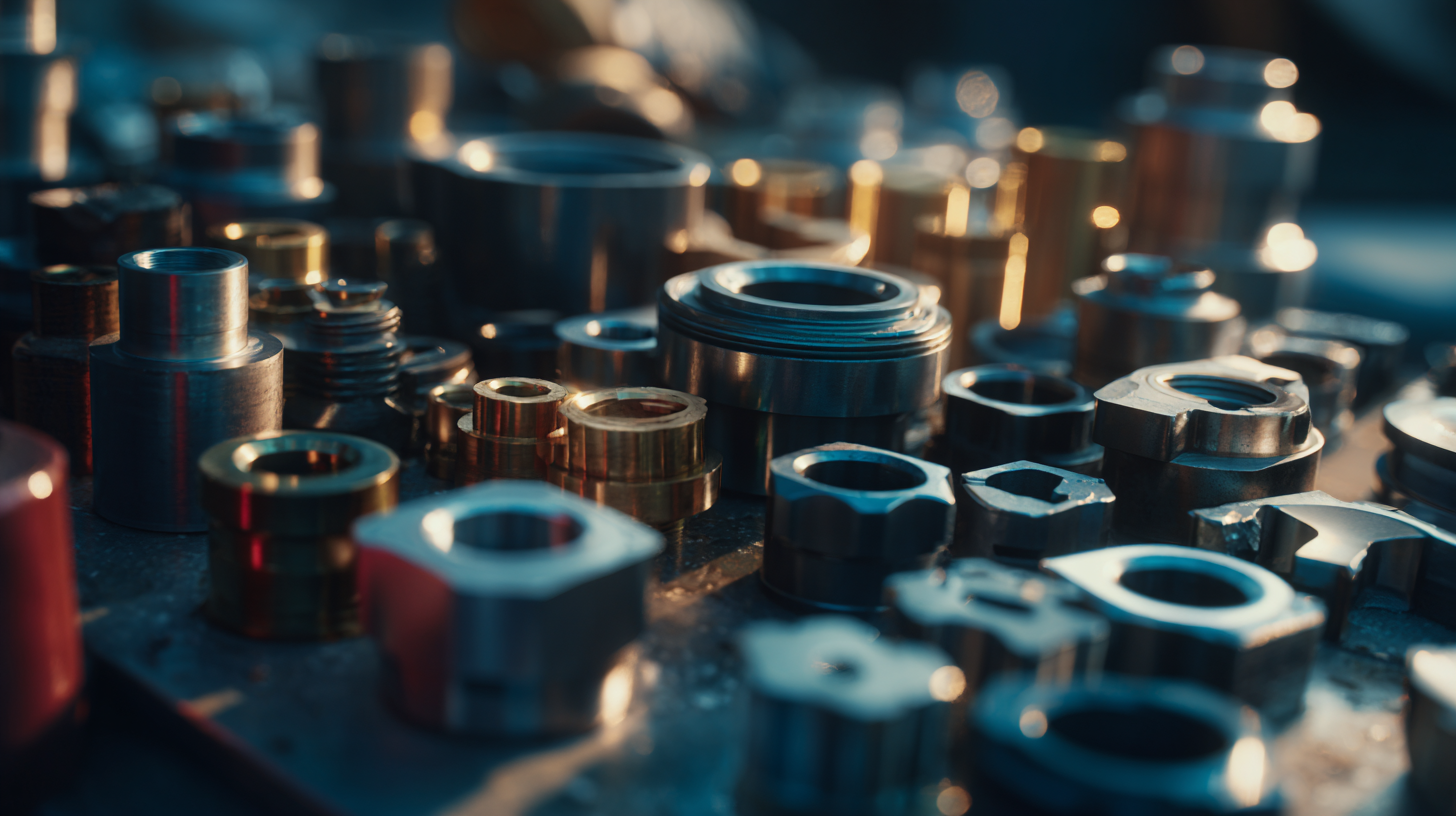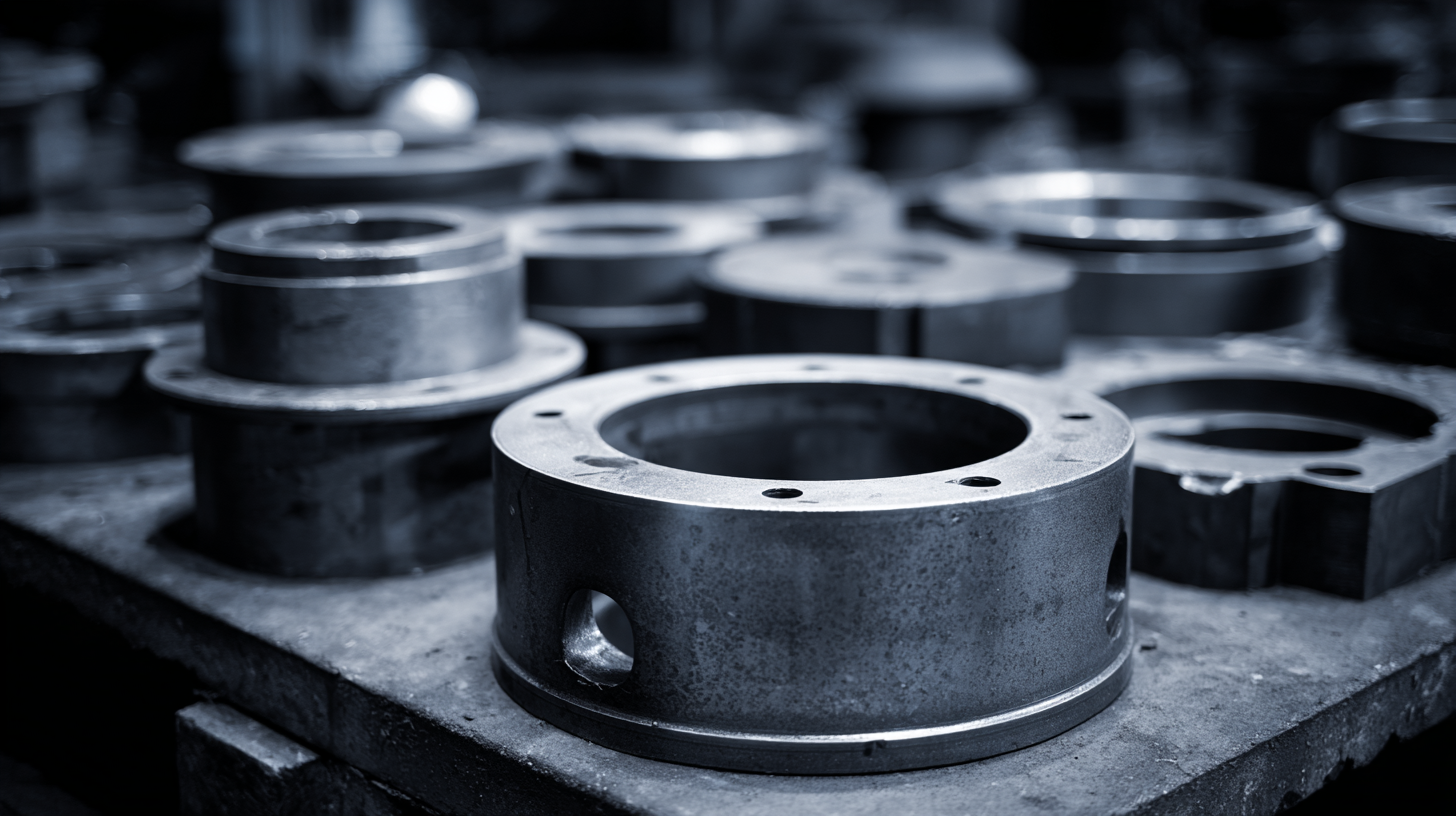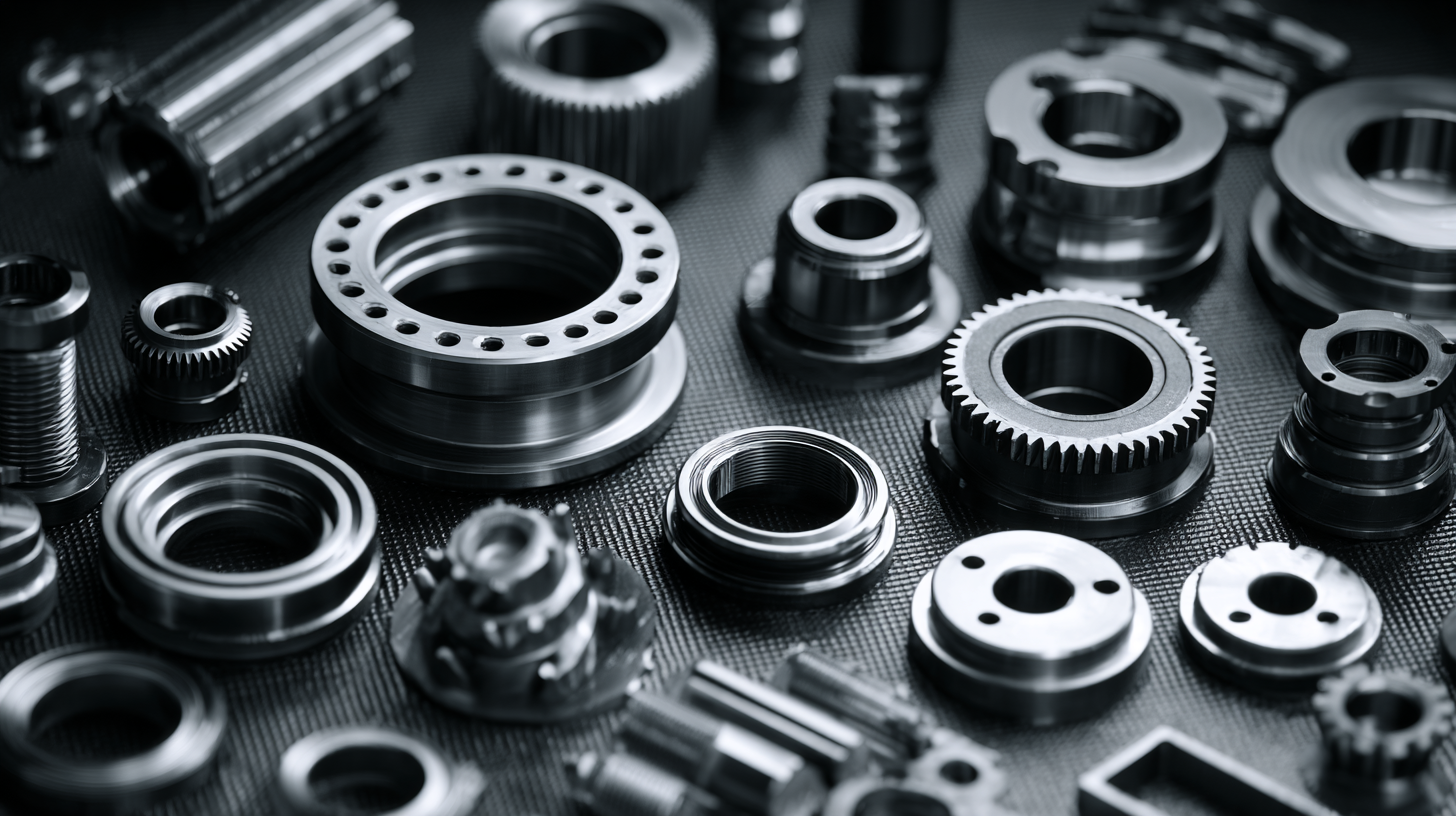Exploring the Unique Features and Applications of Various Best Casting Parts
In today's global manufacturing landscape, casting parts play a pivotal role across various industries, from automotive to aerospace and beyond. As the demand for high-quality, precision-engineered components continues to rise, the spotlight shines on leading manufacturing factories that excel in producing these vital parts.
Exploring the unique features and applications of various casting parts unveils the innovative techniques and materials driving advancements in this field. With the capacity to deliver custom solutions that meet stringent industry standards, these factories not only dominate their local markets but also compete at the forefront on the global stage.
By understanding the characteristics and applications of casting parts, businesses can make informed decisions about their supply chains and product development strategies, ensuring they leverage the best manufacturing practices available.
Unique Characteristics of High-Quality Casting Parts in Different Industries
In various industries, the demand for high-quality casting parts continues to rise, driven by advancements in technology and an emphasis on production efficiency. According to a report by MarketsandMarkets, the global metal casting market is projected to reach $200 billion by 2025, illustrating the increasing reliance on casting processes in sectors such as automotive, aerospace, and machinery. High-quality casting parts must exhibit unique characteristics, such as superior wear resistance, high strength-to-weight ratios, and excellent manufacturability, to meet these growing demands.
Moreover, the unique properties of casting materials play a pivotal role in their applications across different industries. For instance, in the aerospace industry, aluminum and titanium casting parts are favored for their lightweight and corrosion-resistant qualities, which contribute to overall fuel efficiency. A study published in the Journal of Materials Processing Technology indicates that investment casting techniques can achieve tolerances as tight as ±0.01 mm, ensuring that the precision required for critical aerospace applications is met. Likewise, in the automotive sector, ductile iron and high-strength steel castings are essential for producing robust components like engine blocks and suspension parts that withstand significant stress and loading conditions. The continuous evolution of casting techniques will further enhance the performance and capabilities of casting parts, solidifying their position in modern manufacturing ecosystems.
Key Applications of Casting Parts in Aerospace and Automotive Sectors
Casting parts play a crucial role in the aerospace and automotive sectors, where precision and reliability are paramount.
In aerospace, components such as turbine housings, engine mounts,
and structural parts rely on casting techniques to manage weight while maintaining strength. According to a report by
Market Research Future, the global aerospace casting market is projected to reach approximately $15 billion
by 2025, driven by increased demand for lightweight and durable materials. Similarly, in the automotive industry,
casting is essential for producing engine blocks, transmission cases,
and suspension components, with the global automotive casting market expected to witness a CAGR of around 5.6%
through 2027.
Tip: When selecting casting parts for aerospace or automotive applications, it's essential to consider
material properties such as fatigue resistance, thermal stability,
and corrosion resistance.
Castings also allow for complex geometries that reduce the number of required components, leading to weight savings
and improved performance. Notably, industries are increasingly adopting advanced casting techniques, such as
3D printing for molds, which can significantly reduce lead times and production costs.
A study by Mordor Intelligence indicates that the use of advanced casting technologies could enhance output by over
20% in the automotive sector by 2025.
Tip: Stay updated on the latest casting innovations and materials, as they can provide competitive
advantages in both efficiency and product performance.
Innovative Technologies Revolutionizing Casting Manufacturing Processes
The world of casting manufacturing is experiencing unprecedented transformation, driven by innovative technologies that enhance production efficiency and product quality. Techniques such as 3D printing are now being integrated into casting processes, allowing for rapid prototyping and the creation of complex geometries that were previously impossible. This shift not only reduces material waste but also shortens lead times, which is crucial for industries that demand agility and quick turnarounds.
Tip: To stay ahead in the casting industry, consider investing in advanced software solutions for simulation and design. These tools can help optimize your processes, predict potential issues, and ultimately improve the quality of the final product.
Another notable advancement is the use of artificial intelligence and machine learning in quality control. These technologies analyze data in real-time, enabling manufacturers to detect defects early in the production process, thereby reducing downtime and increasing overall efficiency. By employing such intelligent systems, casting parts manufacturers can ensure greater consistency and reliability of their products.
Tip: Regularly training your team on the latest technologies and methodologies can significantly enhance productivity and innovation in your casting operations. Embracing a culture of continuous learning will position your business to adapt to future challenges effectively.
Exploring the Unique Features and Applications of Various Best Casting Parts - Innovative Technologies Revolutionizing Casting Manufacturing Processes
| Casting Part Type |
Material |
Applications |
Innovative Technology |
Unique Feature |
| Automotive Engine Block |
Aluminum Alloy |
Automobiles |
3D Printing |
Lightweight, High Strength |
| Pump Housing |
Cast Iron |
Industrial Pumps |
Lost Foam Casting |
Excellent Wear Resistance |
| Bicycle Frame |
Titanium |
Bicycles |
Precision Casting |
Corrosion Resistance |
| Valve Body |
Stainless Steel |
Oil & Gas |
Investment Casting |
High Temperature Resistance |
| Cooking Pot |
Aluminum |
Household |
Die Casting |
Efficient Heat Conductivity |
Comparative Analysis of Materials Used in Casting Parts Production
When it comes to the production of casting parts, the choice of materials plays a crucial role in determining the performance and durability of the final product. A comparative analysis of various materials used in casting reveals significant differences in mechanical properties, which directly influence their applications in industries such as automotive and aerospace manufacturing. For instance,
aluminum alloys are favored for their lightweight nature and excellent corrosion resistance, making them ideal for components in vehicles where weight reduction is a priority. In contrast,
cast iron is often utilized for its durability and strength, particularly in engine block production.
In addition to these materials, recent advancements in casting technologies, such as rapid investment casting (RIC), have broadened the scope of what is possible in manufacturing. By incorporating processes like
3D printing for pattern creation, manufacturers can achieve complex geometries and enhance the surface finish of casting parts. Furthermore, research into the erosion of ceramic shells used in RIC highlights the importance of material selection in ensuring the longevity of molds, thus maintaining production efficiency. As sustainability becomes a key focus in manufacturing, the continued exploration of material characteristics and innovative casting methods will be essential in fostering a more efficient and environmentally friendly industry.
The Role of Quality Control in Ensuring Superior Casting Components
Quality control plays a crucial role in the casting industry, ensuring that the components produced meet the highest standards of durability and performance. By implementing rigorous testing and inspection processes, manufacturers can identify potential flaws early in the production cycle. This proactive approach not only minimizes waste but also enhances the reliability of the casting parts, which can be critical in applications such as automotive and aerospace engineering where safety is paramount.
Incorporating advanced quality control technologies, such as non-destructive testing and real-time monitoring, allows manufacturers to achieve greater precision in their casting processes. These techniques enable them to assess the integrity of the materials used and detect imperfections that could lead to failure.
Ultimately, a commitment to quality control ensures that casting components not only meet the specifications required by clients but also exceed industry standards, fostering trust and long-term partnerships in an increasingly competitive market.







